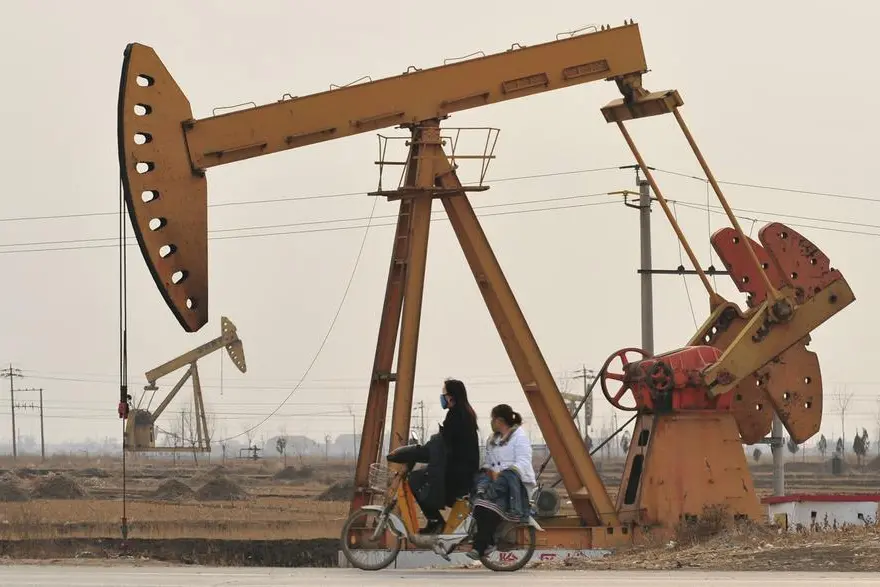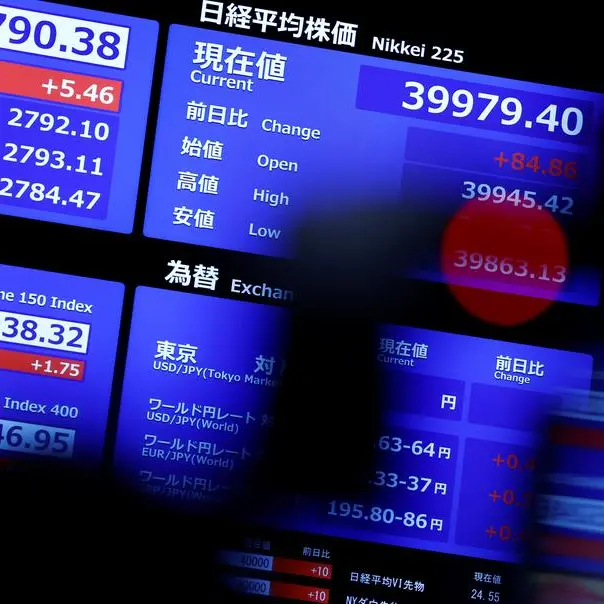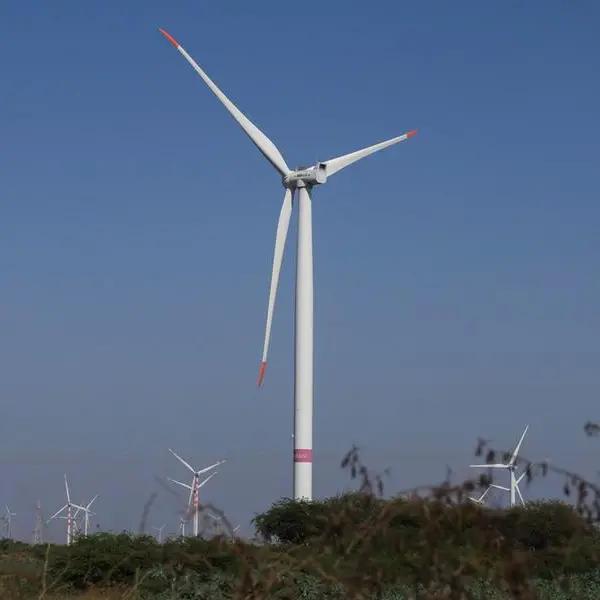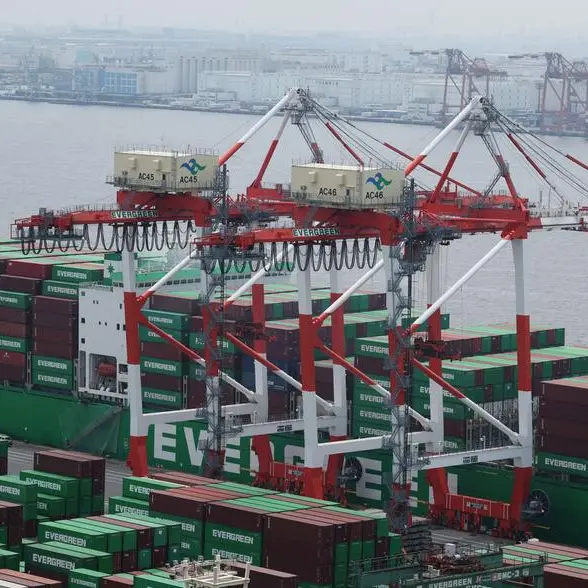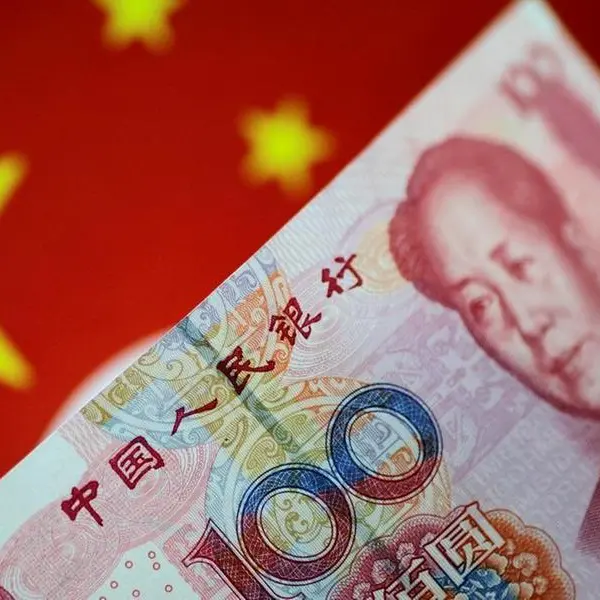PHOTO
People sharing a scooter ride past oil rigs in Cangzhou on February 25, 2009, in northern China's Hebei Province, near Bohai Bay, the innermost gulf of the Yellow Sea on the coast of northeast China, where PetroChina and the China National Offshore Oil Corporation (CNOOC) drill for oil. While continuing its domestic efforts for more oil, from the Taklamakan Desert in the far west province of Xinjiang to the Bohai Sea in the east, China has become increasingly keen on seeking overseas natural resources to help fuel and sustain its rapid economic growth. AFP PHOTO/Frederic J. BROWN (Photo by FREDERIC J. BROWN / AFP) Image used for illustrative purpose.
(The opinions expressed here are those of the author, a columnist for Reuters.)
LAUNCESTON, Australia - Over-estimating China's appetite for crude has been a factor in oil markets this year, especially by OPEC, and it's a theme that looks likely to continue in coming years.
The increasing shift to electricity in transport from fossil fuels and what it termed "electric mobility" is "wrong-footing oil producers," according to the International Energy Agency's latest World Energy Outlook, released on Wednesday.
It's China, the world's biggest oil importer, that is leading the drive to electric vehicles, with 50% market share in new sales already achieved, a level the rest of the world is likely to reach by 2030, according to the IEA.
Under this forecast, which is the IEA's base case it calls the Stated Policies Scenario (STEPS), the rise of EVs displaces around 6 million barrels per day of global crude oil demand.
The main risk for the long-term bullish oil demand outlook that oil producers such as the Organization of the Petroleum Exporting Countries remain committed, is that China becomes the template for renewable energy use and electrification, rather than the outlier it currently is.
China was responsible for two-thirds of global oil demand growth in the decade to 2023 and one-third of natural gas demand growth.
It is also the world's biggest producer and importer of coal, and while coal's share in the overall energy mix is declining, it appears Beijing is prepared to use the dirtier fossil fuel to help meet its electrification drive.
China added 50 gigawatts of new coal-fired capacity in 2023, but also a record 260 GW of solar and 75 GW of wind, the IEA report said.
The IEA said it expects China's use of coal for electricity generation to peak in the "next few years", even though total electricity demand will continue to grow.
Electricity demand in China used to grow in line with gross domestic product, but since 2019 the IEA said electricity demand has risen nearly 50% faster than GDP.
This means that China's electricity consumption per capita will overtake that of advanced economies as a group by 2030, driven by economic growth, rising incomes and policies to boost electrification.
"The share of electricity in final consumption in China exceeded that of oil in 2023," the report said.
"By 2030 in the STEPS, almost one-third of its final energy consumption is from electricity, and China overtakes Japan to become the most electrified major economy in the world," the IEA said.
In contrast, the IEA expects that China's oil demand per capita will peak at around half that of advanced economies.
POWER SWITCH
It's clear that China is pushing electrification hard, and it now dominates the manufacturing of solar panels, batteries and EVs.
It is using this competitive advantage to cut its reliance on expensive imported fossil fuels.
But it is also prepared to use its vast domestic coal reserves, and cheap coal imports, to help drive electrification.
The main challenge for China will be integrating the massive amounts of renewable generation it still plans to install into its electricity grid.
One way to even out the variability of renewables is through storage and China added 23 GW of what it termed "new energy storage" in 2023, which consisted mainly of batteries, as well as 6 GW of pumped hydro.
It's likely that the pace of storage capacity additions will have to be accelerated as more renewables enter the grid, and this has implications for China's demand for battery metals, such as lithium, copper and nickel.
However, it's crude oil that is likely to be the commodity most affected by China's rapid electrification.
While China's overall oil demand will peak in the next few years, it's also likely that the mix of products it will require will shift.
China will use less gasoline and diesel, but likely need more naphtha to meet rising petrochemical demand, as well as more jet kerosene as air travel expands.
The opinions expressed here are those of the author, a columnist for Reuters.
(By Clyde Russell; Editing by Christopher Cushing)
